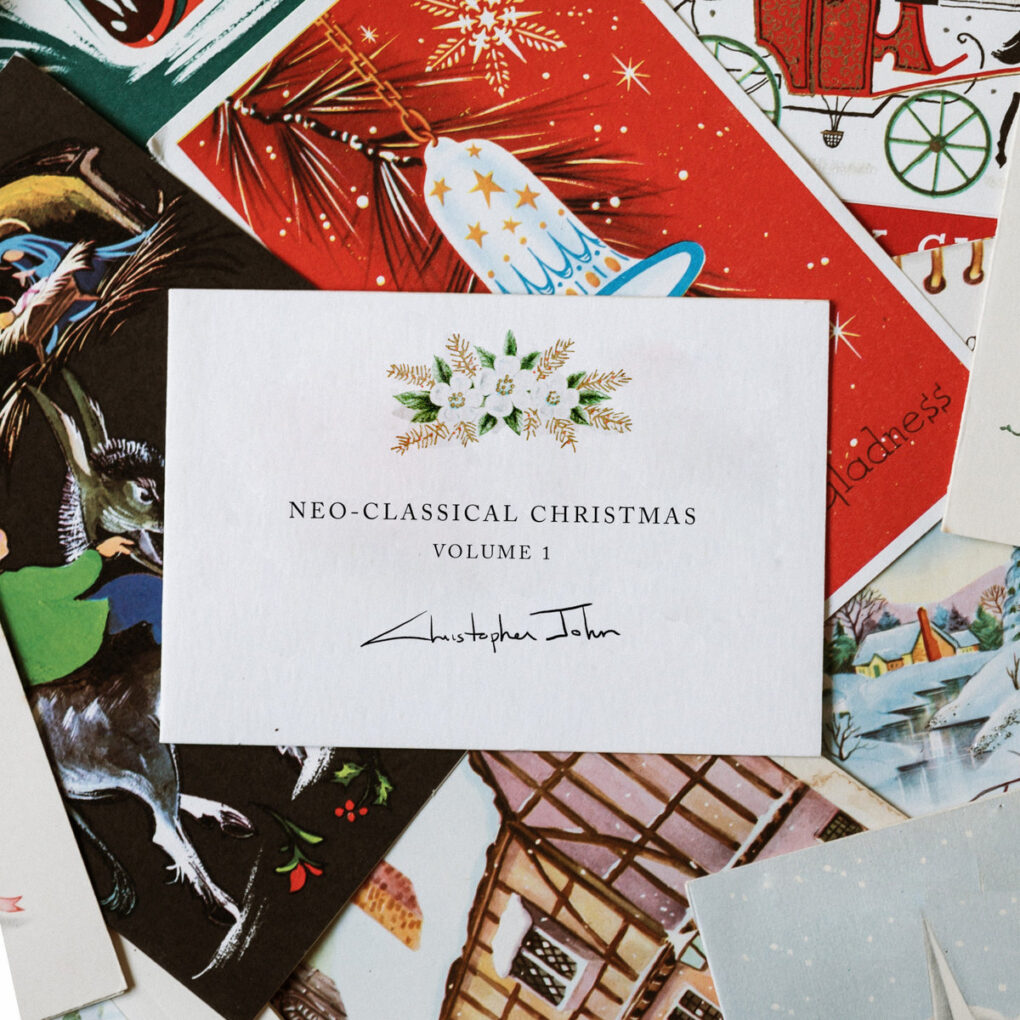I grew up in a household that used a fake Christmas tree. The reasons were more financial than environmental, but I was a kid and didn’t really know the difference.
And because I didn’t know the difference, I didn’t associate our cheap little tree with cheapness. It was something to be taken out of the box each year with a certain amount of ceremony. The tree was in multiple pieces; each branch was made of wires, and the ends of the branches that were to be inserted into the “trunk” were painted different colours depending on how high up the trunk they belonged.
It was all very involved, and required true professionalism and attention.
My wife grew up in a household that used real Christmas trees. For the first few years that we were together, it was a mostly-joking point of contention for us. Neither one of us could believe that the other could seriously prefer the type of tree they advocated, and we defended our traditions vehemently. Real trees smell wonderful! Fake trees are so convenient! Real trees look better! Fake trees are less messy!
These arguments were always fairly tongue-in-cheek, and soon I realized (and she probably did too) that I was really only arguing for a fake tree because it’s what I was used to. I didn’t really care what kind of tree we had.
Fast-forward to the present.
Each year, our own kids help us put up the little fake tree that lives in the dining room, proudly displaying all the ornaments that have special meaning to us. Meanwhile, sitting outside by the front door is a real tree that the kids help us pick out. Every time we come home we can breathe in a quick whiff of pine, and then come inside to enjoy a tree that doesn’t make a mess.
What makes this a beautiful song:
1. Unlike a lot of neo-classical piano, the instrument isn’t recorded with mics so close that you can hear the felt dampeners on the strings. It’s a more muted sound, like Christmas lights seen through curtains.
2. Christopher John’s version of Vince Guaraldi’s Charlie Brown classic is slower and doesn’t have the Peanuts singing vocals, which means the listener gets to appreciate how lovely the chords actually are. Full and robust, like a real Christmas tree.
3. Listening closely on headphones, some light synths and twinkling notes way up on the piano are audible. Shimmery and glittery, like a fake Christmas tree.
Recommended listening activity:
Blending traditions.
